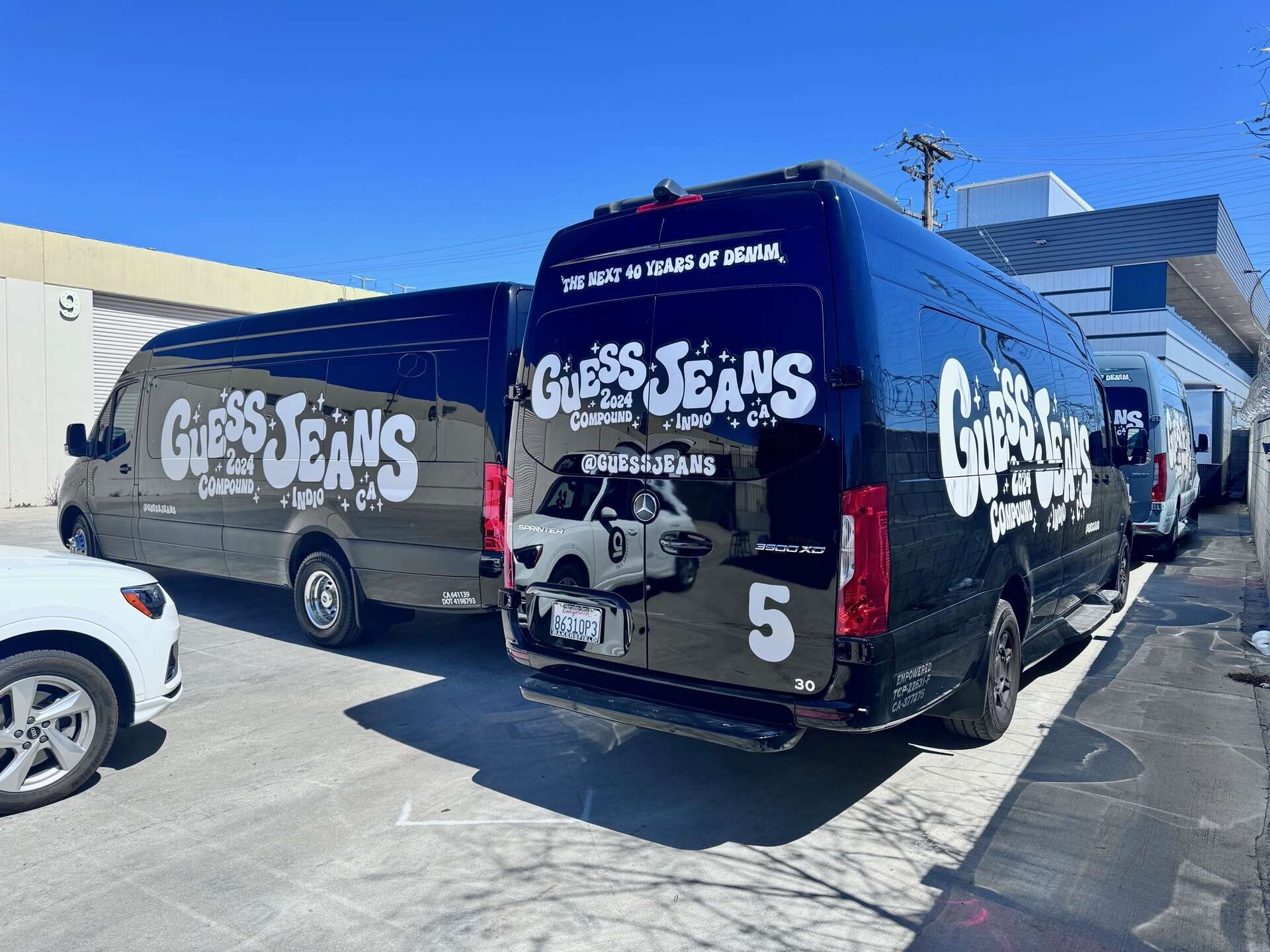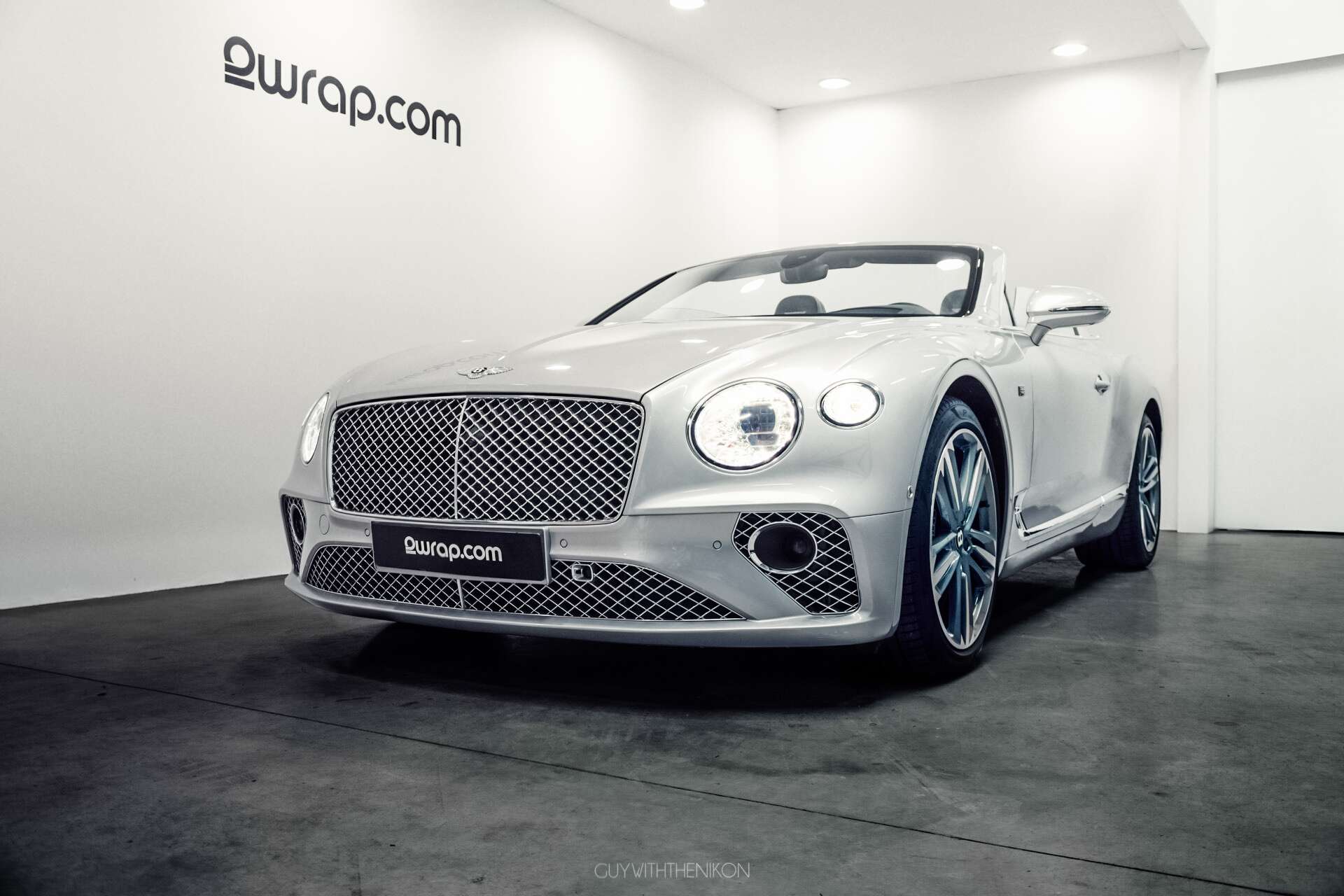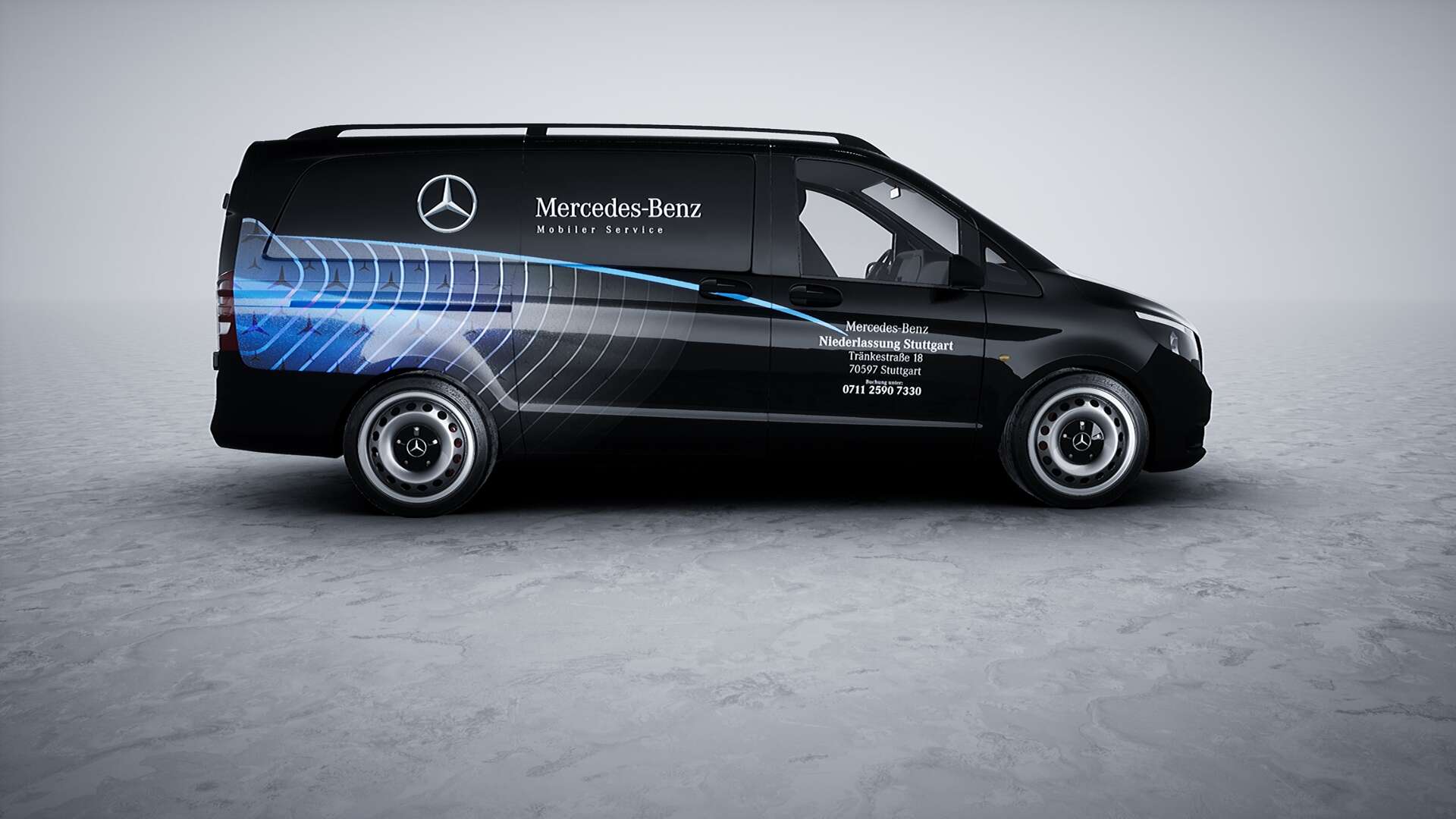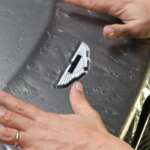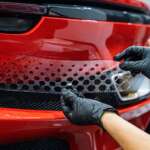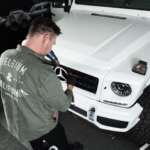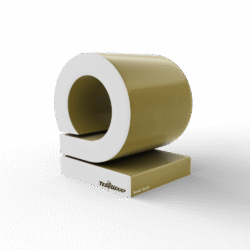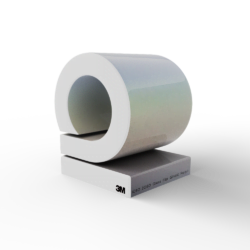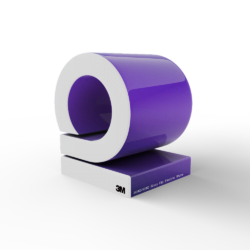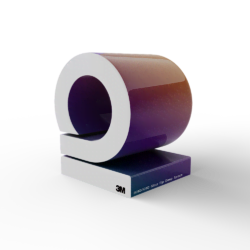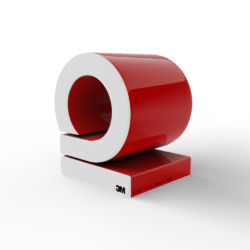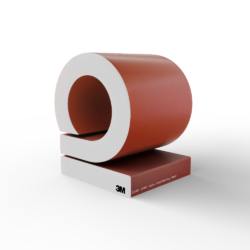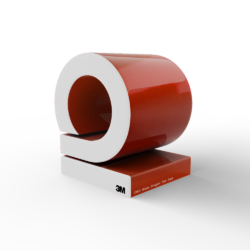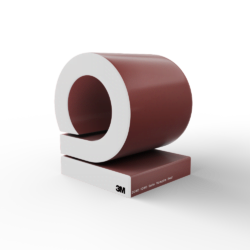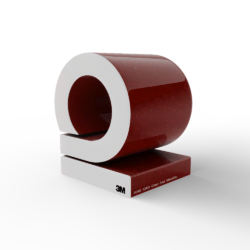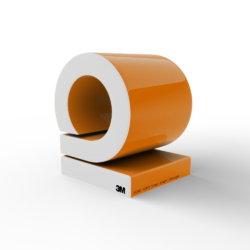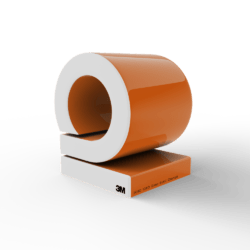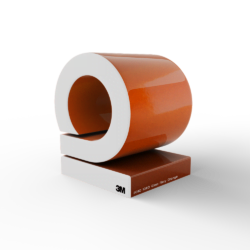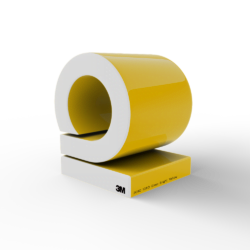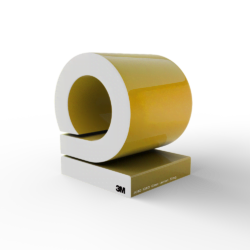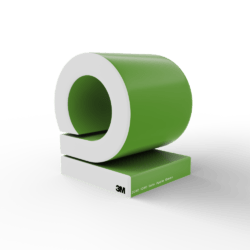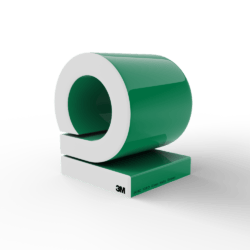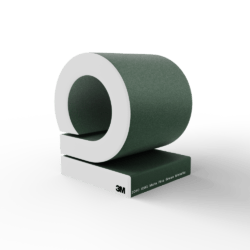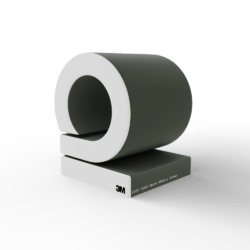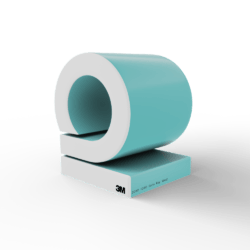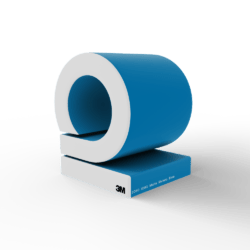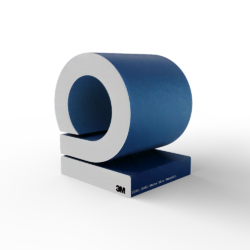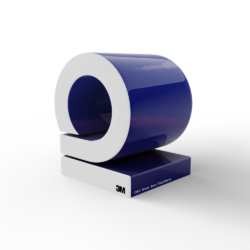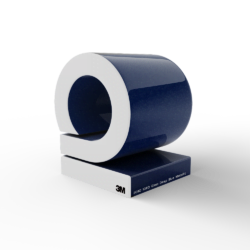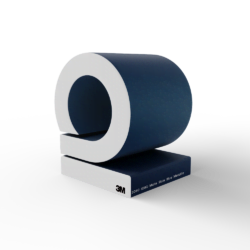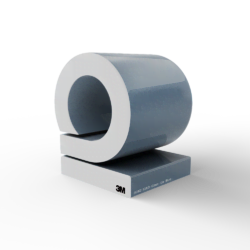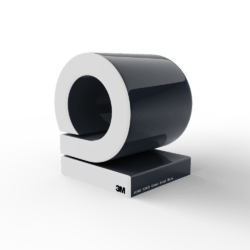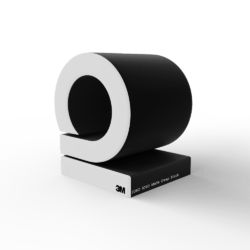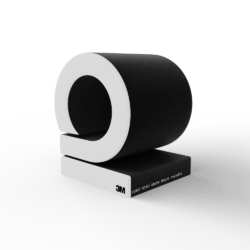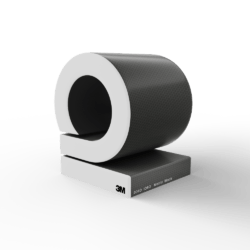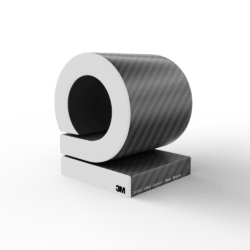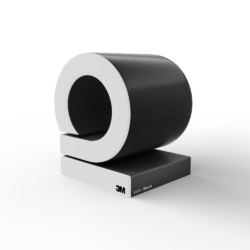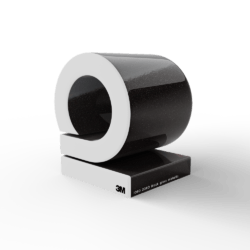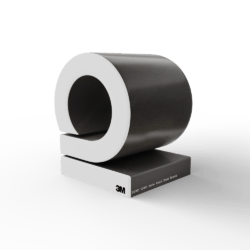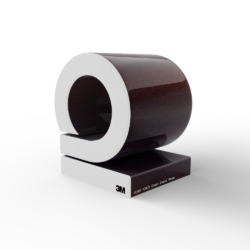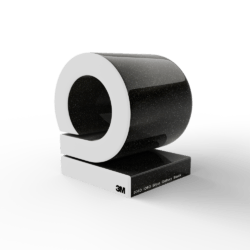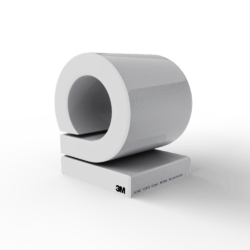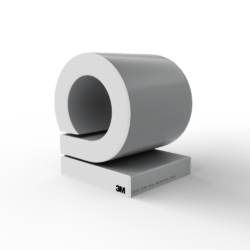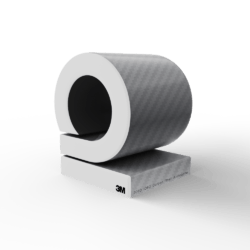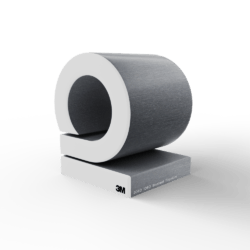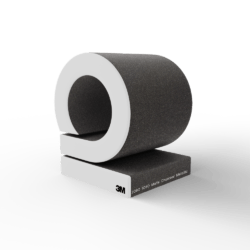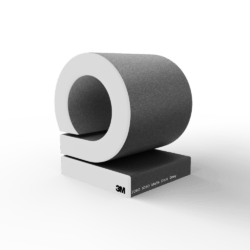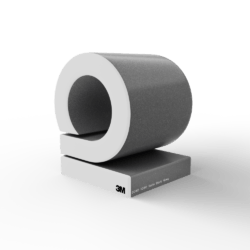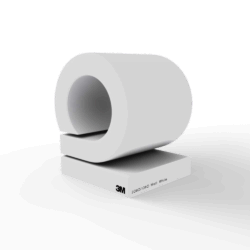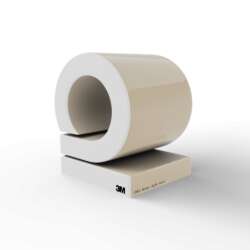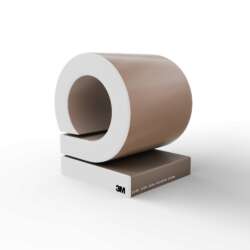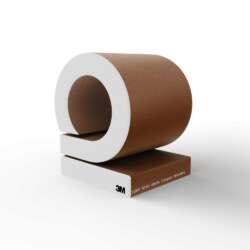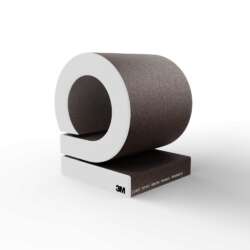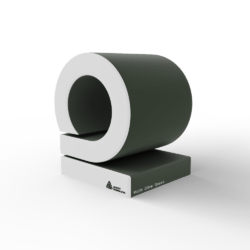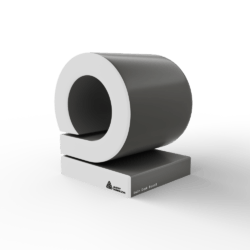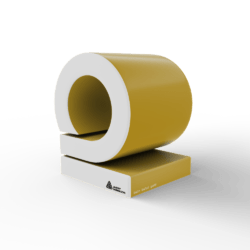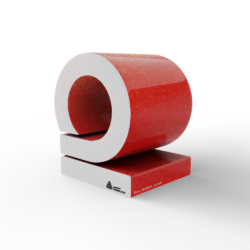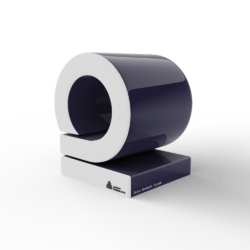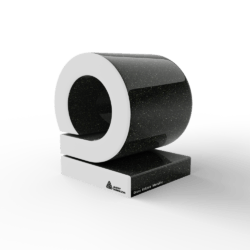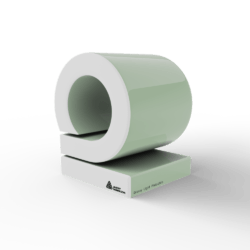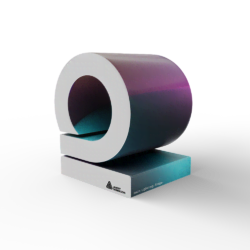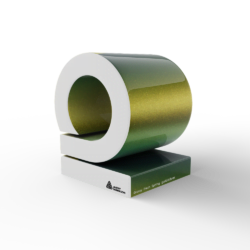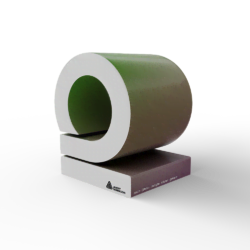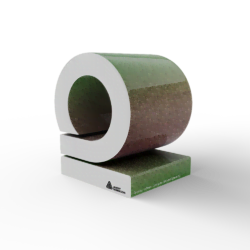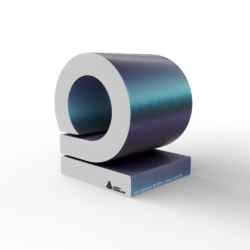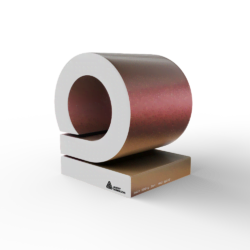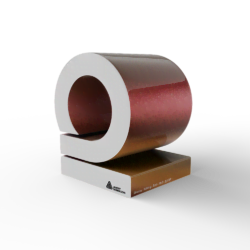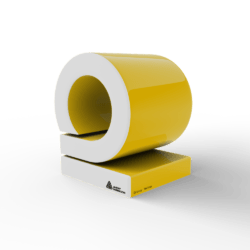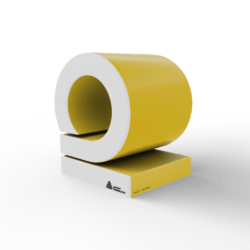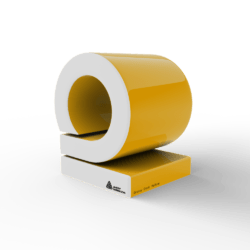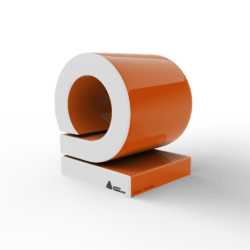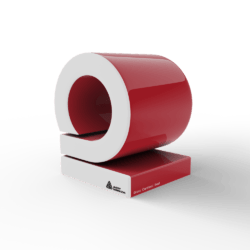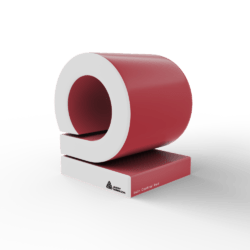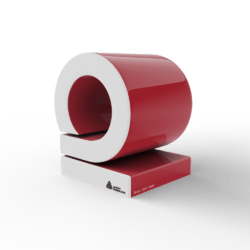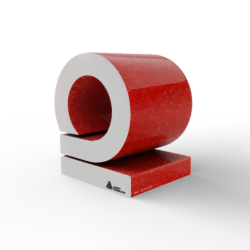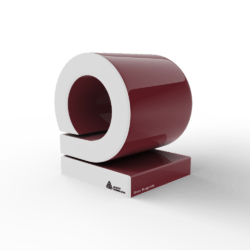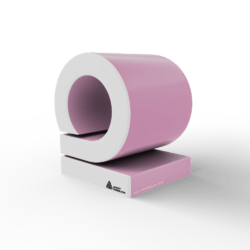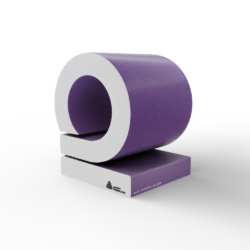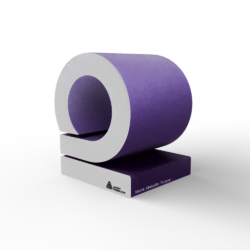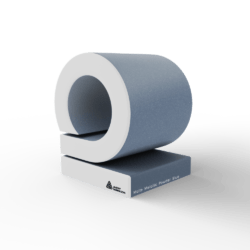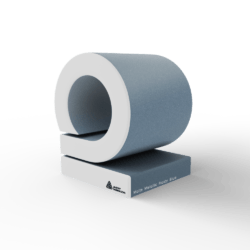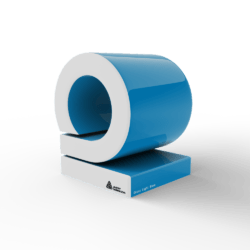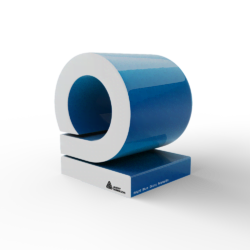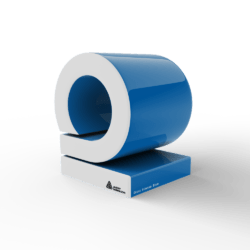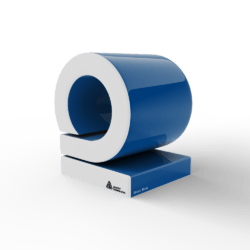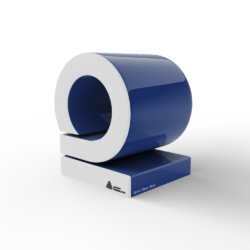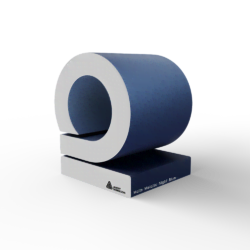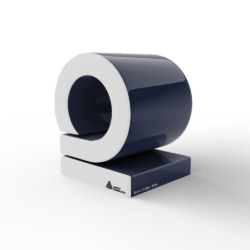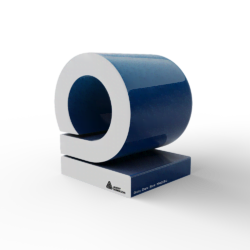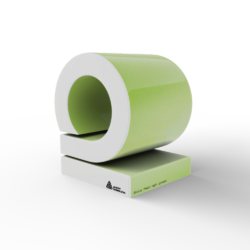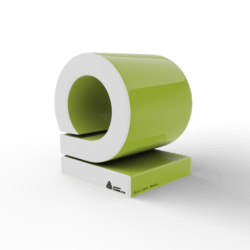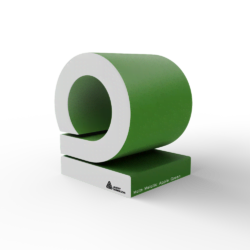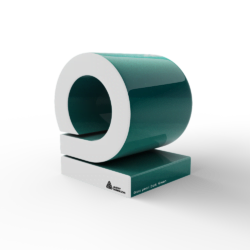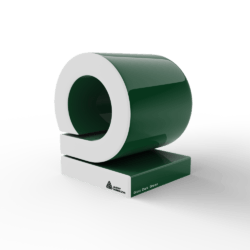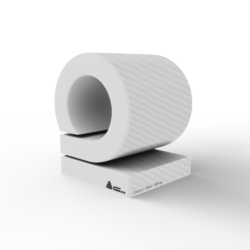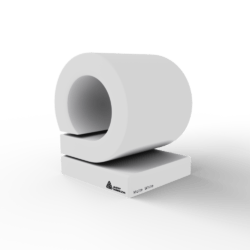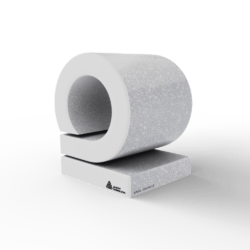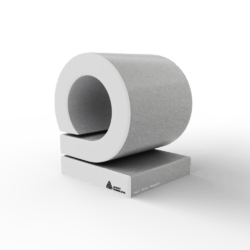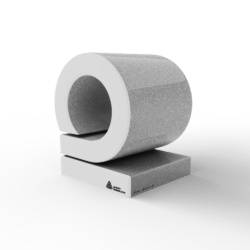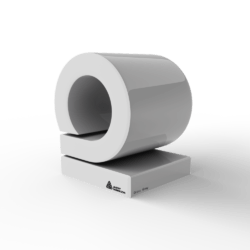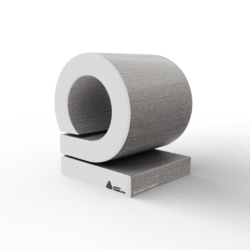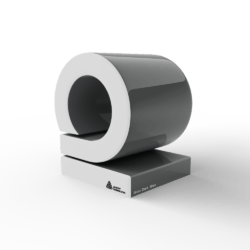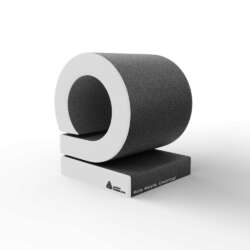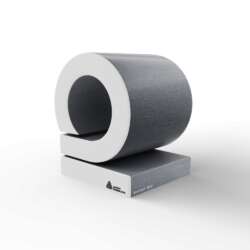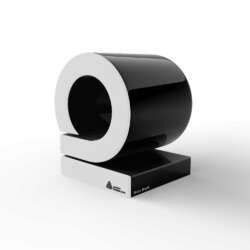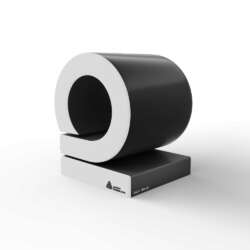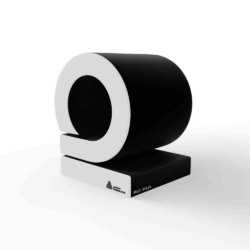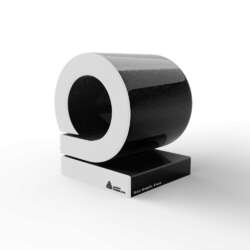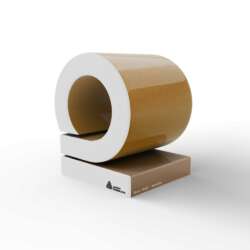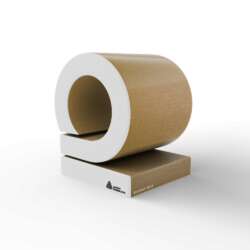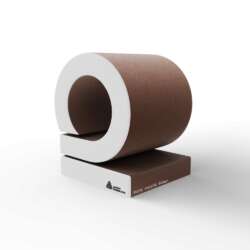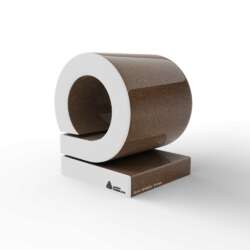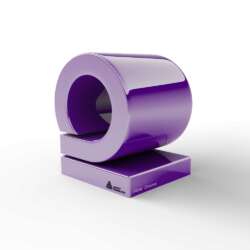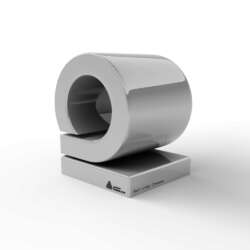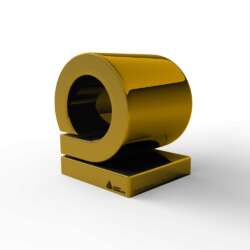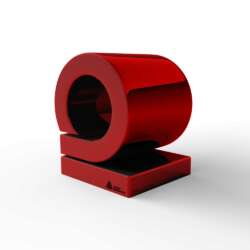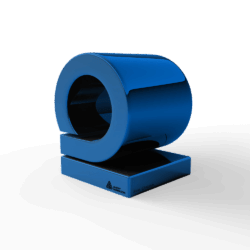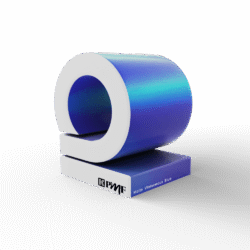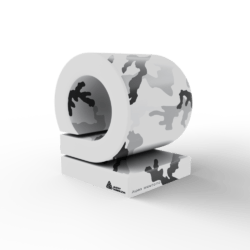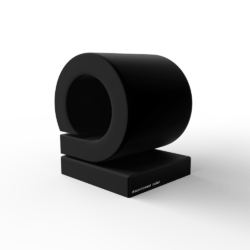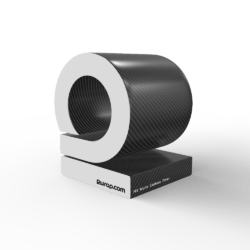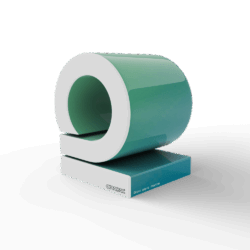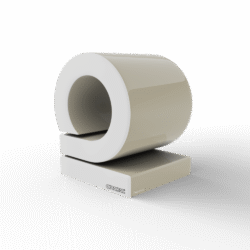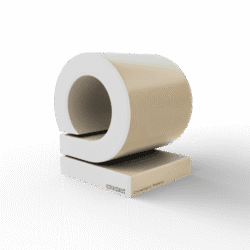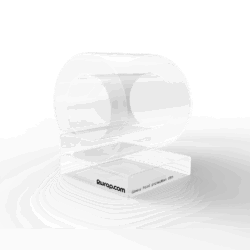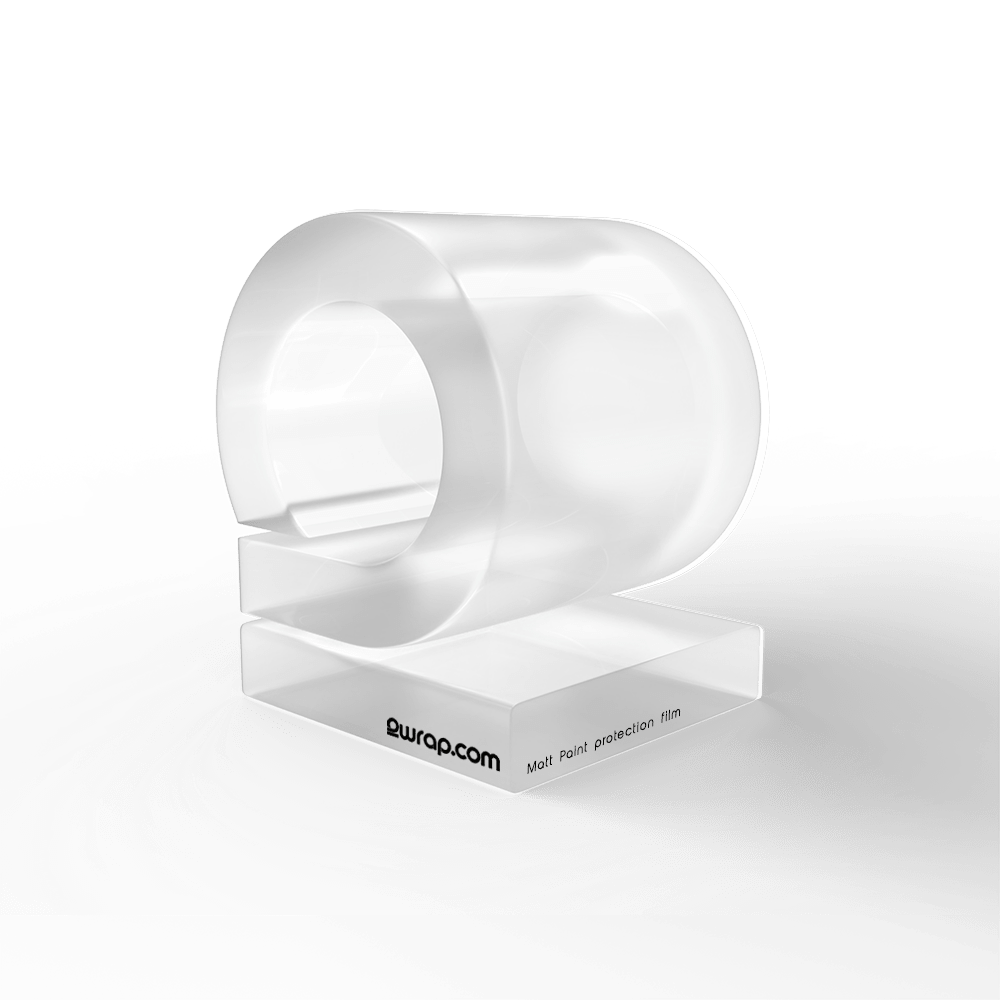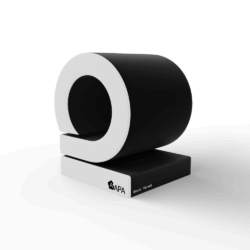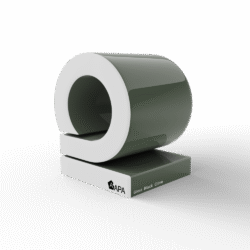Voertuigwraps zijn een uitstekende manier om je bedrijf te promoten terwijl je onderweg bent. Een goed ontworpen en professioneel aangebrachte wrap kan van elk voertuig een bewegend reclamebord maken dat de ogen van talloze potentiële klanten trekt. Om die perfecte look te bereiken is echter een gedetailleerd en nauwkeurig proces nodig dat ervoor zorgt dat de wrap goed hecht en lang meegaat.
De reis begint met een grondige voorbereiding van het voertuig. In deze eerste fase wordt het voertuig grondig gereinigd en wordt ervoor gezorgd dat het oppervlak vrij is van imperfecties. Aandacht voor detail is cruciaal, want zelfs kleine oneffenheden kunnen het eindresultaat beïnvloeden. Zodra het voertuig is geprepareerd, begint de ontwerpfase, waarin de wrap op maat wordt gemaakt om te voldoen aan de specifieke afmetingen van je voertuig en je zakelijke merkbehoeften.
Het installatieproces zelf is zowel een kunst als een wetenschap. Het omvat nauwkeurig snijden, meten en het zorgvuldig aanbrengen van de wrap om luchtbellen en rimpels te voorkomen. Tot slot zorgen de stappen na de installatie ervoor dat alles perfect is. Dit omvat een kwaliteitscontrole en instructies over hoe je de wrap moet onderhouden om hem in perfecte staat en duurzaam te houden. Het begrijpen van elke stap kan een aanzienlijk verschil maken in het uiterlijk en de levensduur van je commerciële wikkel.
Je voertuig voorbereiden op de Wrap
Grondige reiniging en oppervlaktevoorbereiding
Voordat je begint met de eigenlijke installatie van de wrap, is het van cruciaal belang dat je ervoor zorgt dat het oppervlak van de auto brandschoon is. Begin met een grondige wasbeurt met water en zeep om vuil, vet en viezigheid te verwijderen. Besteed speciale aandacht aan spleten en gebieden rond badges en panelen, omdat deze plekken de neiging hebben om veel vuil te verzamelen. Gebruik een speciale reinigingsoplossing om alle was- of siliconeresten te verwijderen die de lijm zouden kunnen verstoren.
Droog het voertuig na de eerste wasbeurt volledig af met microvezeldoeken. Vocht kan de hechting beïnvloeden, dus zorg ervoor dat er geen water achterblijft. Als er hardnekkige verontreinigingen zijn zoals teer of boomsap, gebruik dan geschikte reinigingsmiddelen om ze te verwijderen. Deze stap zorgt ervoor dat elk deel van het voertuigoppervlak schoon is en klaar voor het aanbrengen van de wrap.
Lakschade inspecteren en repareren
Inspecteer het voertuig na de reiniging op eventuele lakschade. Krassen, schilfers en roestplekken moeten worden aangepakt voordat je de wrap aanbrengt. Als je imperfecties vindt, moeten ze hersteld worden zodat de wrap een glad en gelijkmatig oppervlak krijgt. Kleine krasjes kunnen vaak worden gerepareerd met retoucheerverf, maar voor grotere schade is misschien professionele reparatie nodig.
Als je ervoor zorgt dat de lak in goede staat is, blijft de wrap niet alleen beter zitten, maar gaat hij ook langer mee. Wraps die aangebracht worden op beschadigde oppervlakken hebben meer kans om af te bladderen of te bobbelen, wat hun doeltreffendheid en esthetiek vermindert. Een goed voorbereid oppervlak garandeert dat de wrap er goed uitziet en lang blijft zitten.
De wikkel ontwerpen
Het ontwerp aanpassen aan uw voertuig
Het ontwerpen van de wrap begint met het aanpassen aan de specifieke afmetingen en contouren van je voertuig. Nauwkeurige metingen zijn cruciaal. Meet elk deel van het voertuig op waar de wrap zal worden aangebracht, inclusief deuren, spatborden, dak en bumpers. Nauwkeurige metingen helpen bij het creëren van een ontwerp dat perfect past en alle gewenste zones bedekt zonder vervormingen of mismatches.
Zodra de afmetingen zijn genomen, kan het ontwerp worden aangepast om de identiteit van je merk te weerspiegelen. Overweeg om elementen zoals je logo, merkkleuren, slogans en afbeeldingen met betrekking tot je bedrijf toe te voegen. Het doel is om een samenhangend en visueel aantrekkelijk ontwerp te maken dat je merkboodschap effectief overbrengt.
De juiste materialen en afwerkingen kiezen
Het kiezen van de juiste materialen en afwerkingen is essentieel voor de duurzaamheid en het uiterlijk van de wrap. Er zijn verschillende soorten vinyl verkrijgbaar, elk geschikt voor verschillende toepassingen. Voor voertuigwraps wordt vaak de voorkeur gegeven aan gegoten vinyl vanwege de flexibiliteit en lange levensduur. Het past zich goed aan gebogen oppervlakken aan en is beter bestand tegen omgevingsfactoren.
De afwerking van de wrap is ook een belangrijke overweging. Glanzende, matte, satijnen en getextureerde afwerkingen bieden elk een andere look en een ander gevoel. Glanzende afwerkingen geven een glanzende, opvallende uitstraling, terwijl mat en satijn een meer ingetogen en verfijnde look geven. Afwerkingen met textuur kunnen een uniek tintje geven dat je voertuig onderscheidt van anderen. Door de juiste combinatie van materiaal en afwerking te kiezen, zorg je ervoor dat je wrap er niet alleen geweldig uitziet, maar ook bestand is tegen de elementen.
Installatieproces
Het wikkelmateriaal snijden en opmeten
De eerste stap in het installatieproces is het snijden en opmeten van het wrapmateriaal. Nauwkeurige metingen zijn cruciaal om ervoor te zorgen dat de wrap perfect op je voertuig past zonder materiaal te verspillen. Gebruik een meetlint om elk deel van het voertuig twee keer op te meten om fouten te vermijden. Markeer de afmetingen op het wrap-materiaal en gebruik een scherp mes om de delen voorzichtig uit te snijden.
Na het snijden leg je de wrap-stukken neer en controleer je de afmetingen op het voertuig. Deze stap zorgt ervoor dat elk stuk het beoogde gebied goed bedekt. Als het voertuig complexe bochten of panelen heeft, kun je overwegen om kleinere stukken te snijden om de installatie te vergemakkelijken en rimpels of luchtbellen te voorkomen.
De Wrap toepassen: Gereedschappen en technieken
Zodra het wikkelmateriaal is gesneden, kun je het aanbrengen. Trek eerst een klein stukje van het rugpapier af om de lijm bloot te leggen. Lijn de wrap uit met het oppervlak van het voertuig en zorg ervoor dat hij recht is voordat je hem aandrukt. Gebruik een trekker om de wrap glad te strijken terwijl je geleidelijk de rest van het rugpapier verwijdert.
Werk langzaam om te voorkomen dat er luchtbellen vast komen te zitten of dat er rimpels ontstaan. Gebruik voor gebogen oppervlakken of complexe zones een warmtepistool om het vinyl plooibaarder te maken. De warmte helpt de wrap om zich gemakkelijker aan te passen aan de vorm van het voertuig. Blijf de trekker gebruiken om luchtbellen weg te duwen en een gladde afwerking te creëren. Als er kleine oneffenheden zijn, gebruik dan een speld om de luchtbellen te verwijderen en strijk ze glad met de rakel.
Stappen na installatie
Kwaliteitscontrole en laatste aanpassingen
Voer na het aanbrengen van de wrap een grondige kwaliteitscontrole uit. Loop rond het voertuig en inspecteer elk deel op luchtbellen, rimpels en uitlijningsproblemen. Besteed veel aandacht aan randen en naden om er zeker van te zijn dat ze goed vastzitten en niet omhoog komen. Alle onvolkomenheden moeten onmiddellijk worden aangepakt. Gebruik een warmtepistool en een trekker om kleine problemen te verhelpen.
De laatste aanpassingen kunnen bestaan uit het wegsnijden van overtollig materiaal aan de randen en ervoor zorgen dat de wrap perfect aansluit op alle contouren van het voertuig. Dit is je laatste kans om ervoor te zorgen dat alles er onberispelijk uitziet voordat de wrap volledig uithardt.
Onderhoudstips voor een lange levensduur
Het onderhoud van je nieuw geïnstalleerde wrap is essentieel voor een lange levensduur. Hier zijn enkele essentiële onderhoudstips:
1. Regelmatig schoonmaken: Was je gewrapte voertuig regelmatig met een mild reinigingsmiddel en water. Vermijd agressieve chemicaliën of schuurmiddelen die de wrap kunnen beschadigen.
2. Beschermen tegen de elementen: Parkeer je auto indien mogelijk op een schaduwrijke plek of dek hem af om de wrap te beschermen tegen langdurige blootstelling aan de zon.
3. Ga voorzichtig te werk: Vermijd schrapen of schrobben van de wikkel. Wees voorzichtig bij het gebruik van hogedrukreinigers en zorg ervoor dat het mondstuk minstens 12 centimeter van de wrap verwijderd blijft.
4. Routine-inspectie: Inspecteer de wikkel regelmatig op tekenen van optillen of slijtage, vooral rond de randen. Pak eventuele problemen direct aan om verdere schade te voorkomen.
Conclusie
Het installeren van een commerciële voertuigwrap is een gedetailleerd proces dat precisie en zorg vereist. Van de voorbereiding van het voertuig en het ontwerp van de wrap tot de nauwgezette installatie en nazorg, elke stap is cruciaal voor een vlekkeloze afwerking. Een goed geïnstalleerde wrap verfraait niet alleen het uiterlijk van je voertuig, maar is ook een krachtig marketinginstrument voor je bedrijf.
Bij 2wrap.com zijn we gespecialiseerd in het leveren van topkwaliteit commerciële wraps waarmee je voertuig opvalt in de straten van Los Angeles. Ons deskundige team is toegewijd aan het leveren van hoogwaardige resultaten die de zichtbaarheid van je merk kunnen vergroten. Bezoek onze winkel voor professioneel advies en installatie en ontdek hoe we uw voertuig kunnen omtoveren tot een effectieve reclame voor uw bedrijf.
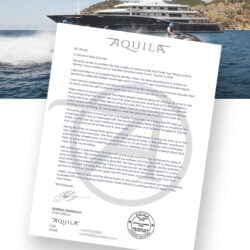 Referentiebrief Aquila Yacht
Referentiebrief Aquila Yacht carwrap simulator
carwrap simulator 3D CARWRAP CONFIGURATOR
3D CARWRAP CONFIGURATOR
